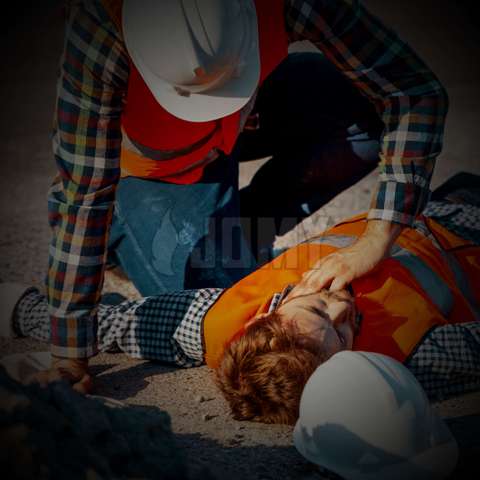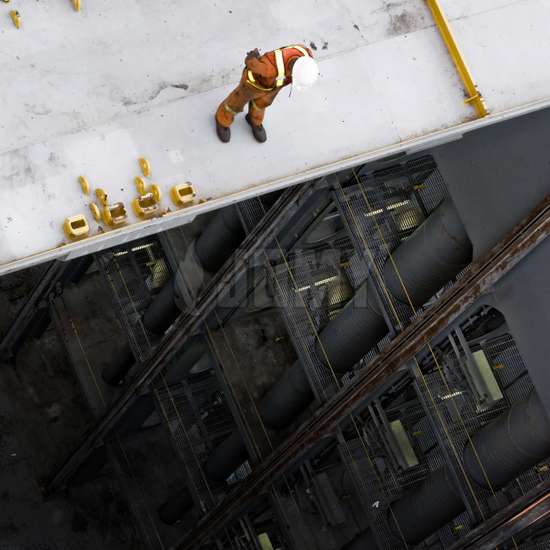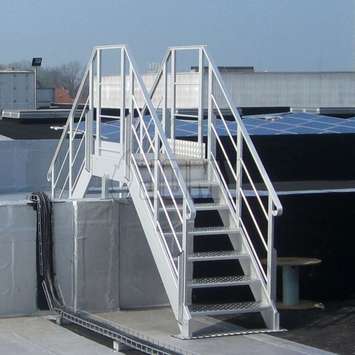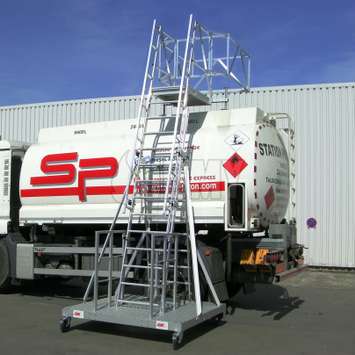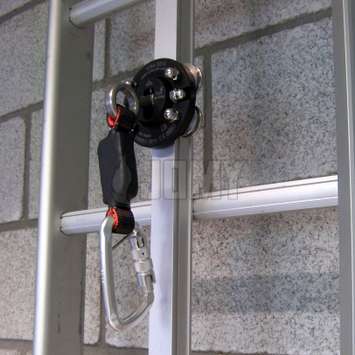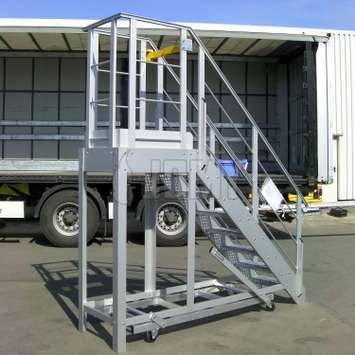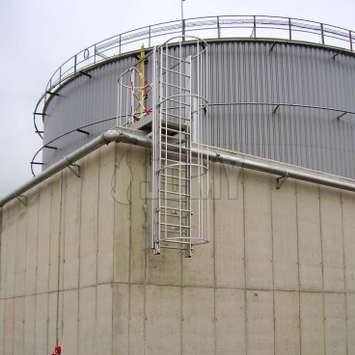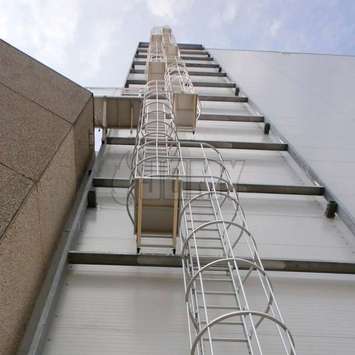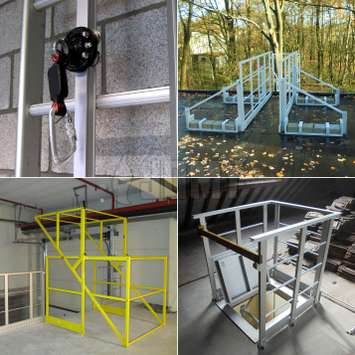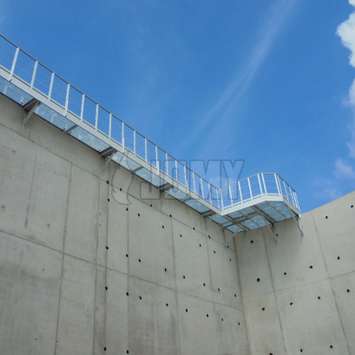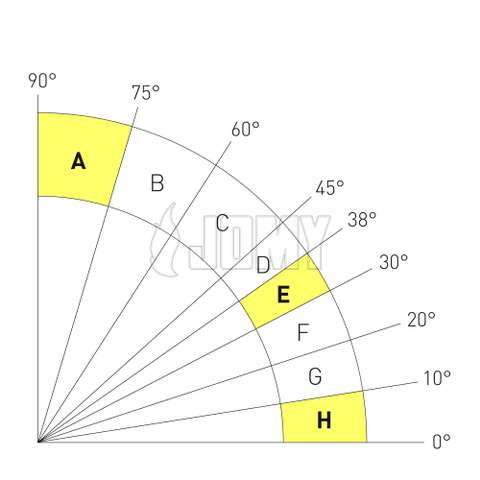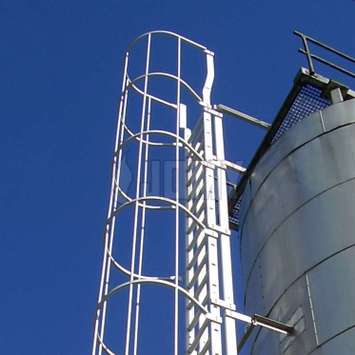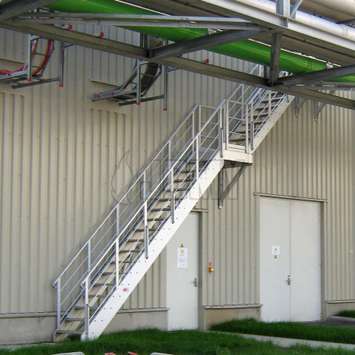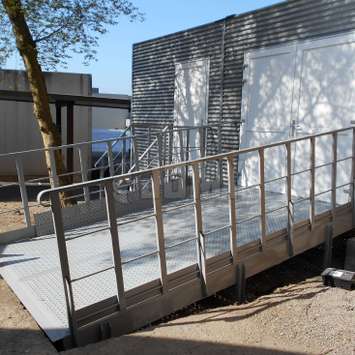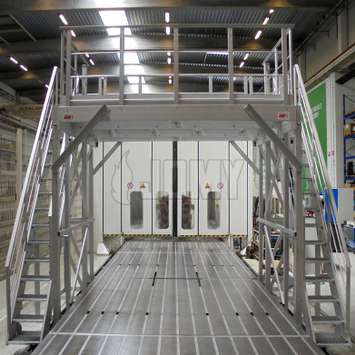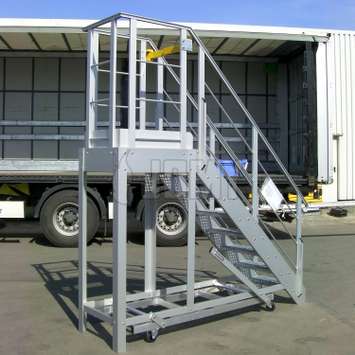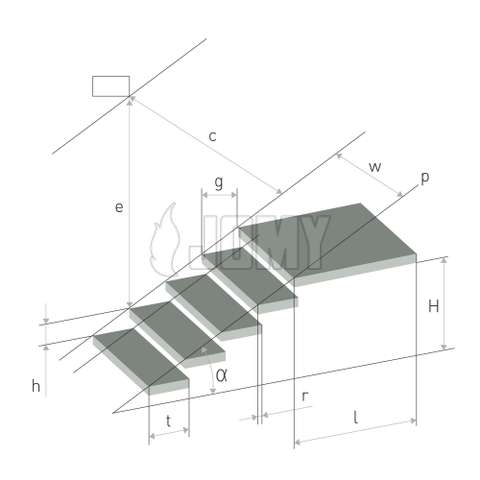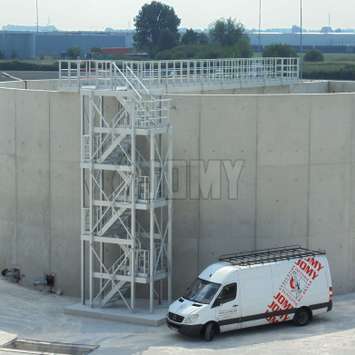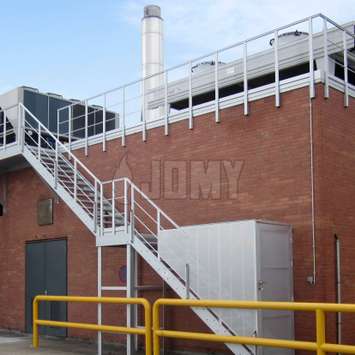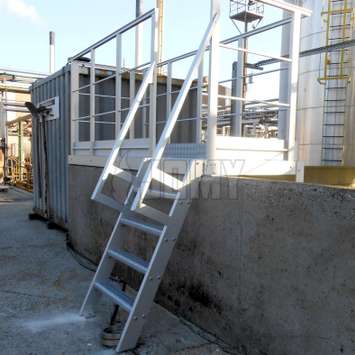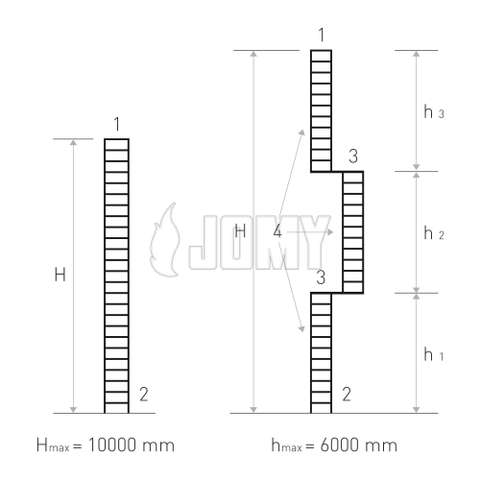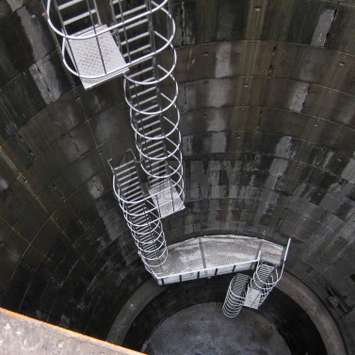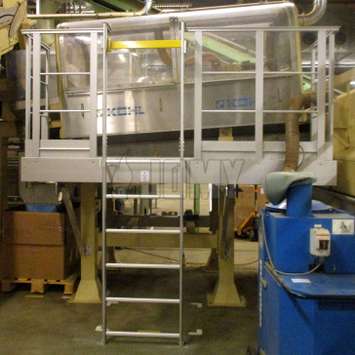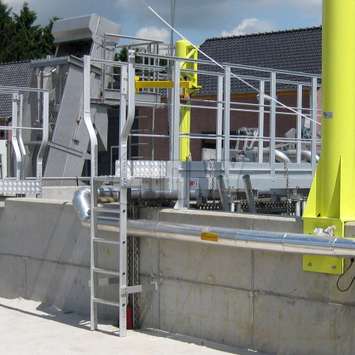OSHA's 1910 - Walking/working surfaces and fall protection standards - is effective since January 2017.
This regulation includes a detailed timeline about important future changes:
Most of the rules will become effective January 17, 2017, 60 days after publication in the Federal Register, but some provisions have delayed effective dates, including:
- Ensuring exposed workers are trained on fall hazards (May 17, 2017),
- Ensuring workers who use equipment covered by the final rule are trained (May 17, 2017),
- Inspecting and certifying permanent anchorages for rope descent systems (November 20, 2017),
- Installing personal fall arrest or ladder safety systems on new fixed ladders over 24 feet and on replacement ladders/ladder sections, including fixed ladders on outdoor advertising structures (November 19, 2018),
- Ensuring existing fixed ladders over 24 feet, including those on outdoor advertising structures, are equipped with a cage, well, personal fall arrest system, or ladder safety system (November 19, 2018),
- Replacing cages and wells (used as fall protection) with ladder safety or personal fall arrest systems on all fixed ladders over 24 feet (November 18, 2036).
